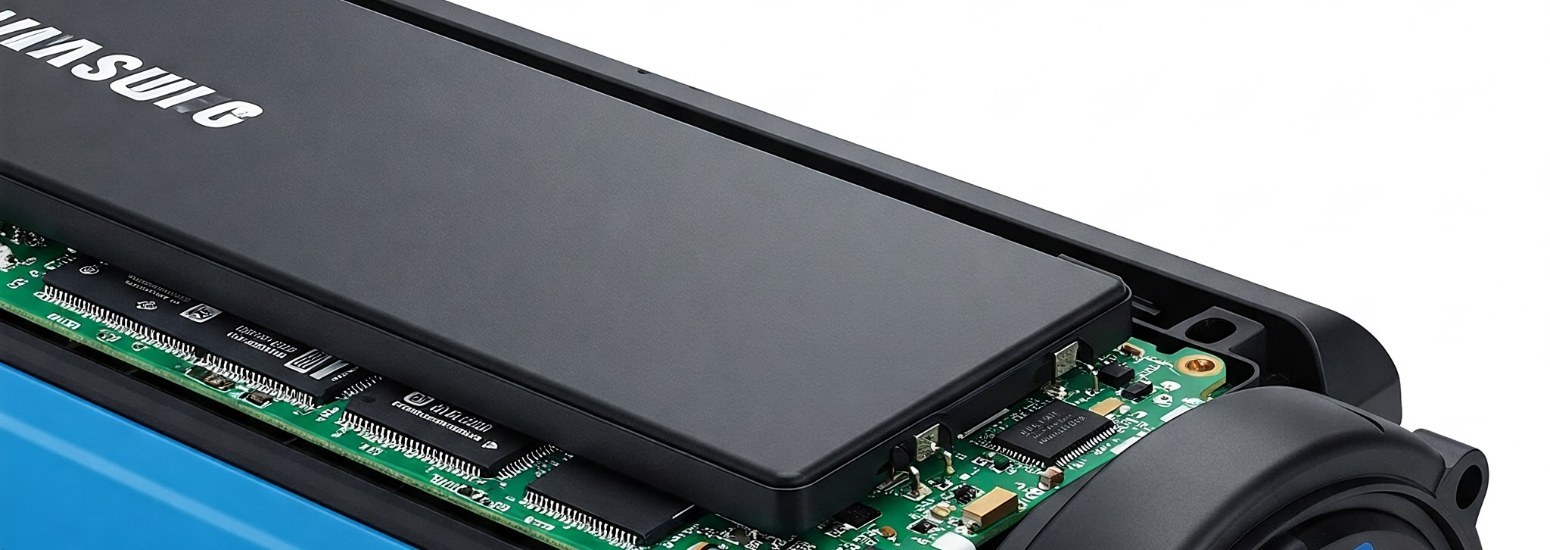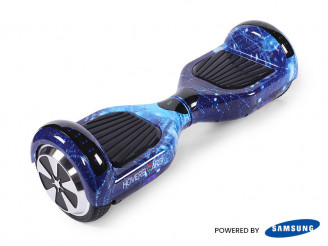The excitement of smoothly gliding on a hoverboard is truly unmatched. However, as with any device powered by a battery, the fun is closely tied to the duration of the charge. Grasping the elements that affect hoverboard battery longevity is crucial for extending your riding experience. Let's explore what influences the duration of your cruise before it's time to recharge your board.
The majority of hoverboards available today employ a hoverboard battery 36v system. This voltage is widely accepted as a standard, offering a well-balanced mix of power and distance for leisure activities. In product details, this is often labeled as a hoverboard 36v battery. Nonetheless, not all 36V batteries are identical, which is where differences in battery longevity become evident.
A key element to consider is the battery's capacity, typically expressed in Amp-hours (Ah). A higher Ah rating often results in extended ride durations. For example, a battery rated at 4.0 Ah will usually provide more distance than one rated at 2.0 Ah, assuming all other conditions remain unchanged.
The quality of the battery cells is also vital. You might encounter references to a samsung hoverboard battery. Samsung is a well-regarded manufacturer known for its high-quality lithium-ion cells, which can enhance performance and lifespan compared to lesser-known brands. Choosing a hoverboard equipped with a reputable battery brand often signals dependable battery life.
Several external factors also play a significant role in determining how long your hoverboard will operate on a single charge. These factors include:
- Rider's Weight: A heavier individual will exert more pressure on the motor, consuming additional power from the battery and diminishing the overall hoverboard's battery lifespan.
- Surface Type: Navigating uphill or over rough terrain demands more energy compared to gliding on flat, smooth surfaces.
- Velocity: Increased speeds require more power, resulting in faster battery exhaustion.
- Riding Technique: Frequent acceleration and deceleration can deplete the battery more rapidly than maintaining a steady pace.
- Temperature Conditions: Extreme heat or cold can adversely impact battery efficiency and shorten the range.
Although some high-end models, such as those with segway hoverboard battery systems, may offer extended range due to advanced battery management and larger-capacity batteries, most conventional hoverboards provide a riding duration of approximately 30 to 60 minutes on a full charge. This typically equates to a distance of about 5 to 10 miles, influenced by the aforementioned factors.
Over time, as with all rechargeable batteries, hoverboard batteries will eventually lose their efficiency. This may prompt you to think about replacing the battery in your hoverboard. Fortunately, hoverboard batteries can be replaced in most models. You can easily find replacement batteries online or at certain retail stores. When replacing the battery, it's important to select one with the appropriate voltage and connector type to ensure it is compatible and safe.
If having a long-lasting hoverboard battery is important to you, consider models with higher Ah ratings, well-known battery brands, and features that promote efficient power management. Reading reviews and comparing specifications can guide you in making a well-informed choice.
To sum up, the duration of a hoverboard's battery life is affected by a mix of battery specifications, rider habits, and environmental conditions. By grasping these aspects, you can better manage your expectations and possibly increase your riding time. When necessary, consider replacing the battery to ensure your hoverboard continues to glide smoothly for extended periods.

























